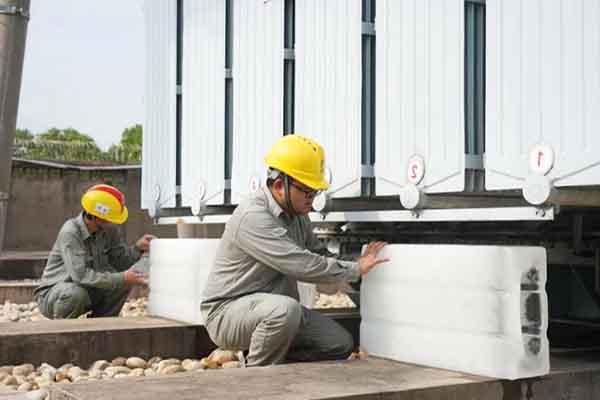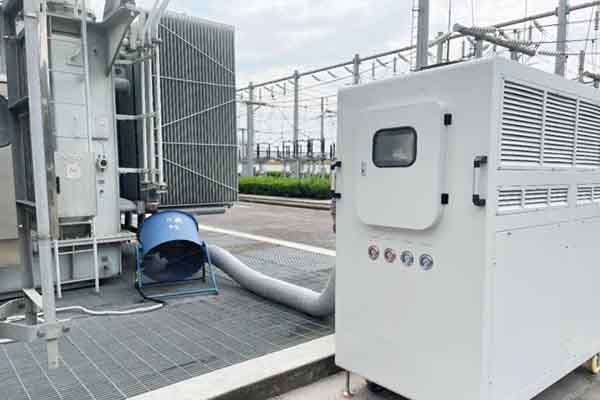The continuous high temperature weather in summer has also brought great pressure to the supply and safety of the power system, so the power transformer as a power system regulating voltage and conveying power equipment, in such hot weather will continue to operate hot explosion?
You're afraid of heat, and the distribution transformer is afraid of heat! In fact, the transformer may indeed fail due to overheating under certain conditions, and today we will talk about the cooling system of the transformer and how to cool the transformer at high temperatures.
| Dielectric type | Cycle type | ||
| Mineral oil | O | natural c | N |
| Noncombustible synthetic insulating fluid | L | Forced circulation of oil is not guided | F |
| Gas | G | Forced circulation oil guide | D |
| Water | W | ||
| Air | A |
For example: ONAN means oil-immersed self-cooling, that is, natural circulation of internal oil and natural circulation of external air.
The above cooling methods are all cooling methods used in daily operation of transformers. In daily life, power system personnel are also required to regularly detect the status of the transformer and regularly check and record the upper oil temperature. The upper oil temperature of the transformer with natural circulation should generally not exceed 85°C to prevent accelerated deterioration of the insulation material. At the same time, regular monitoring of load and current, increased power consumption in summer, long-term overload operation of transformers is more likely to overheat. For the situation of unbalanced three-phase load, timely adjustments should be made to maintain balanced power supply.
However, under high temperature conditions, if the cooling effect cannot be achieved by relying on the transformer's own cooling system, the power grid staff will have to use some auxiliary means, such as evaporative cooling, convection heat exchange, etc.

Put ice cubes under the transformer and use the principle of heat absorption and evaporation of ice cubes to cool the transformer
In addition, the cooling system can be optimized and some new cooling methods can be adopted. introduced a main transformer condensation intelligent rapid cooling device, which used a "special air conditioner" for the transformer. This system can produce dry cold air 20°C lower than the ambient temperature and transport it to the bottom of the main transformer through pipes to achieve efficient cooling.
